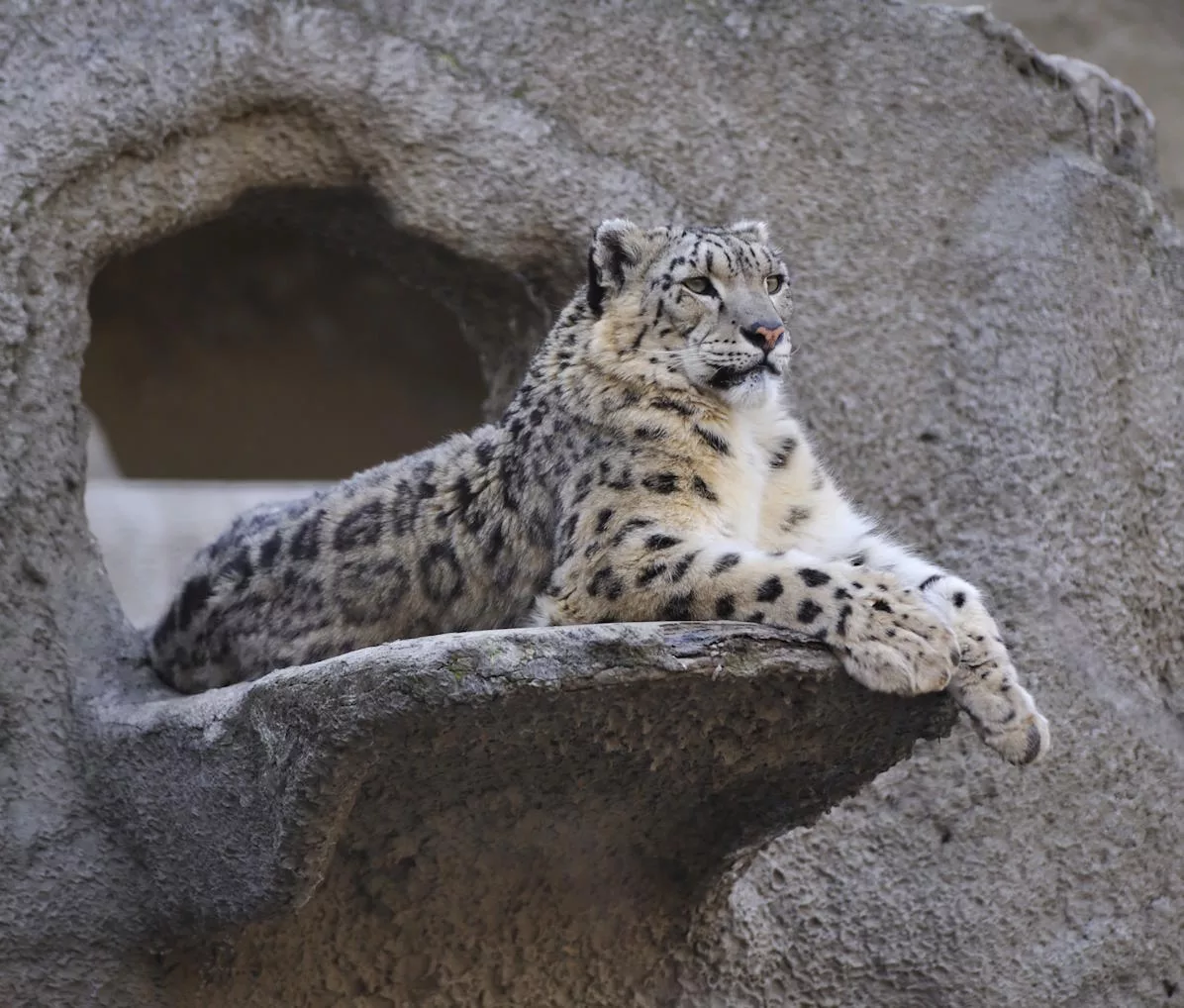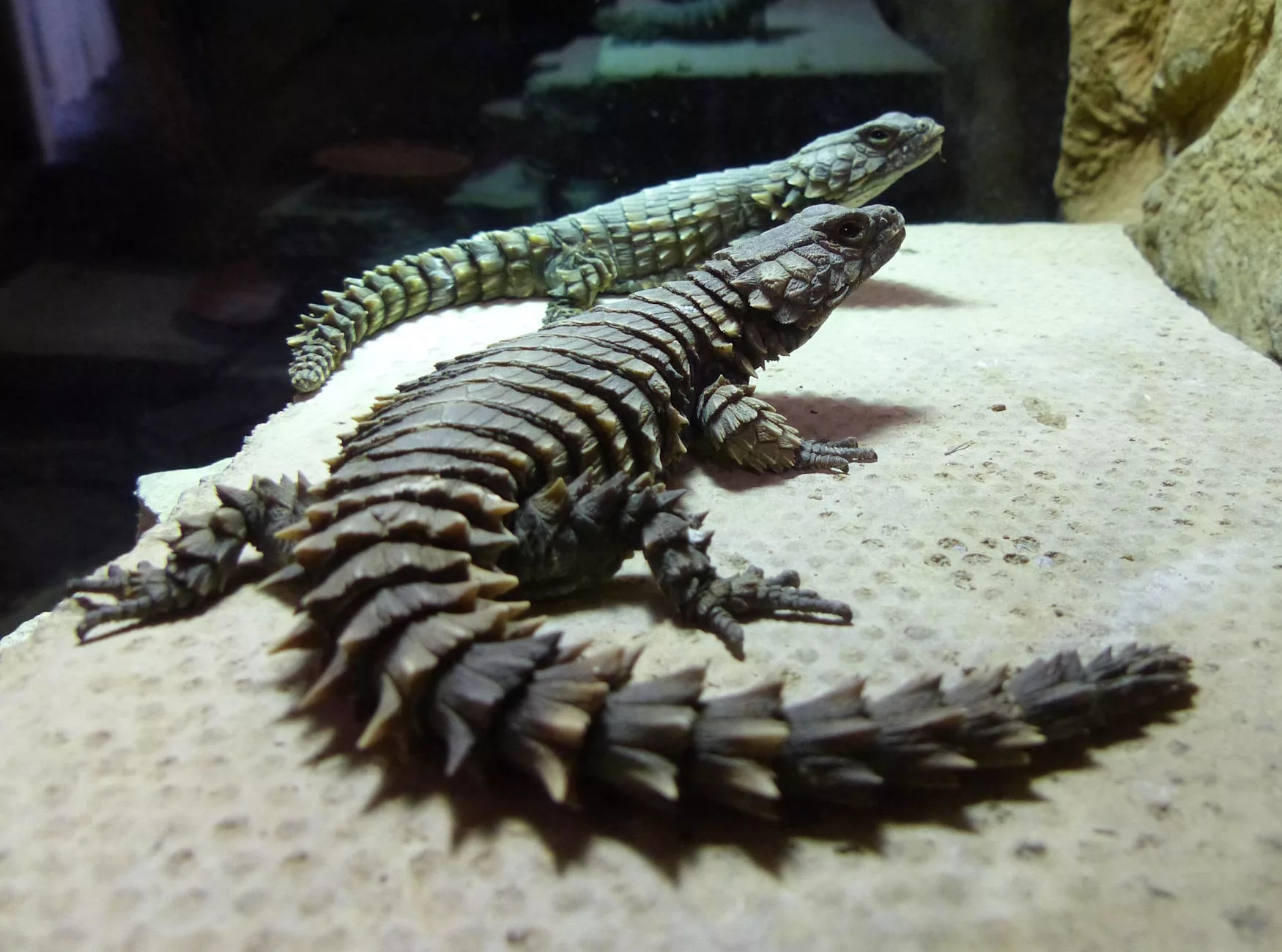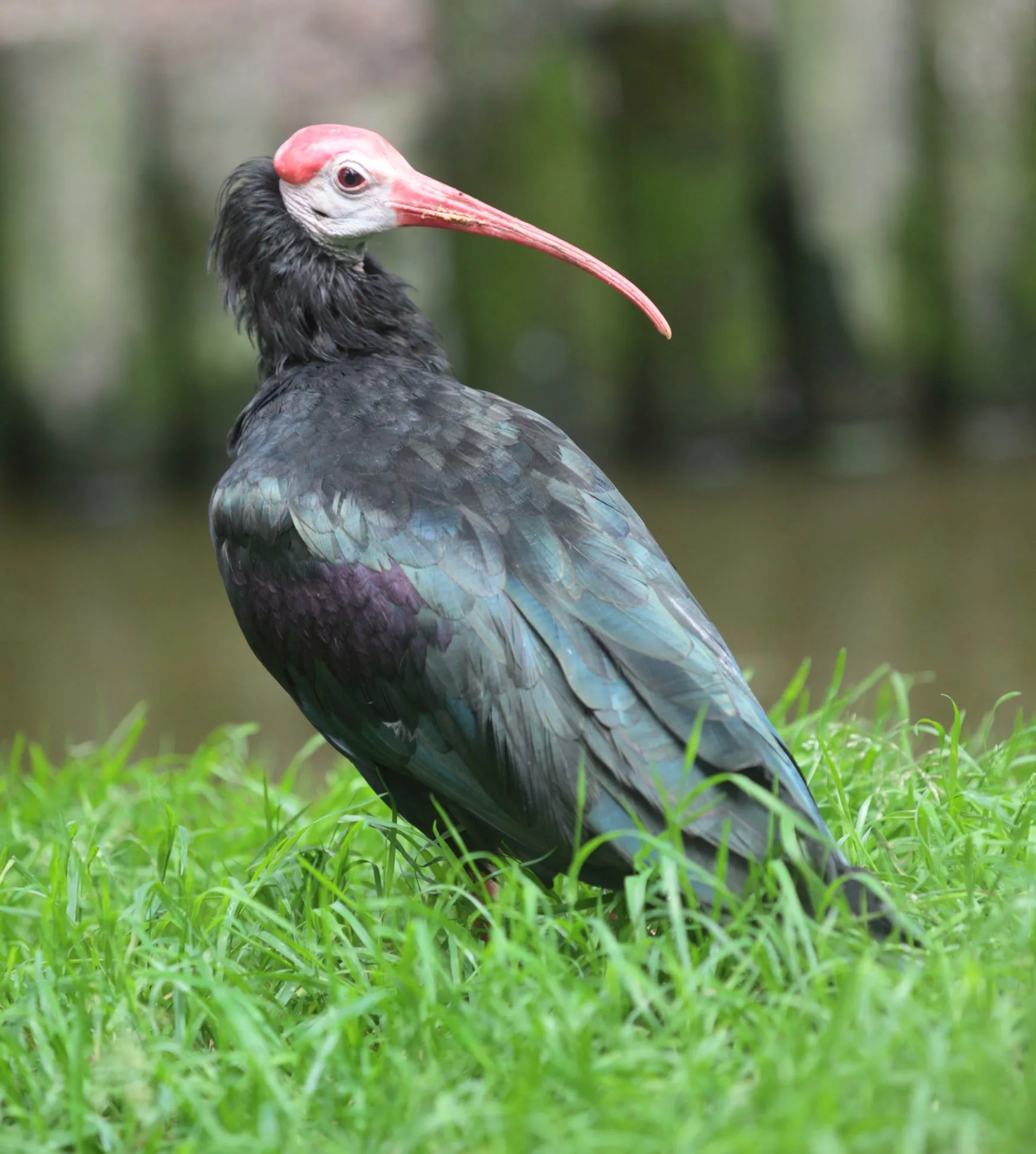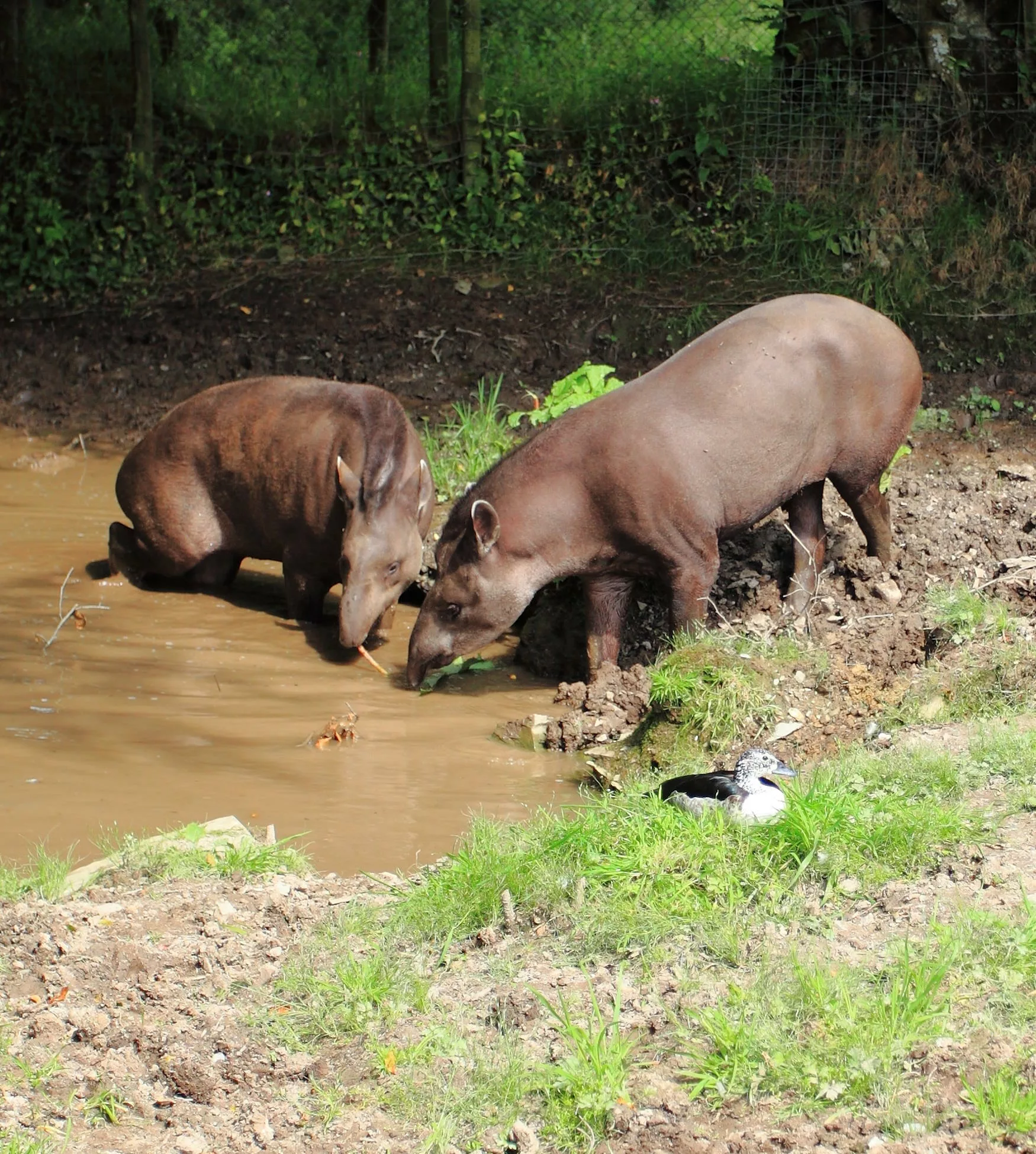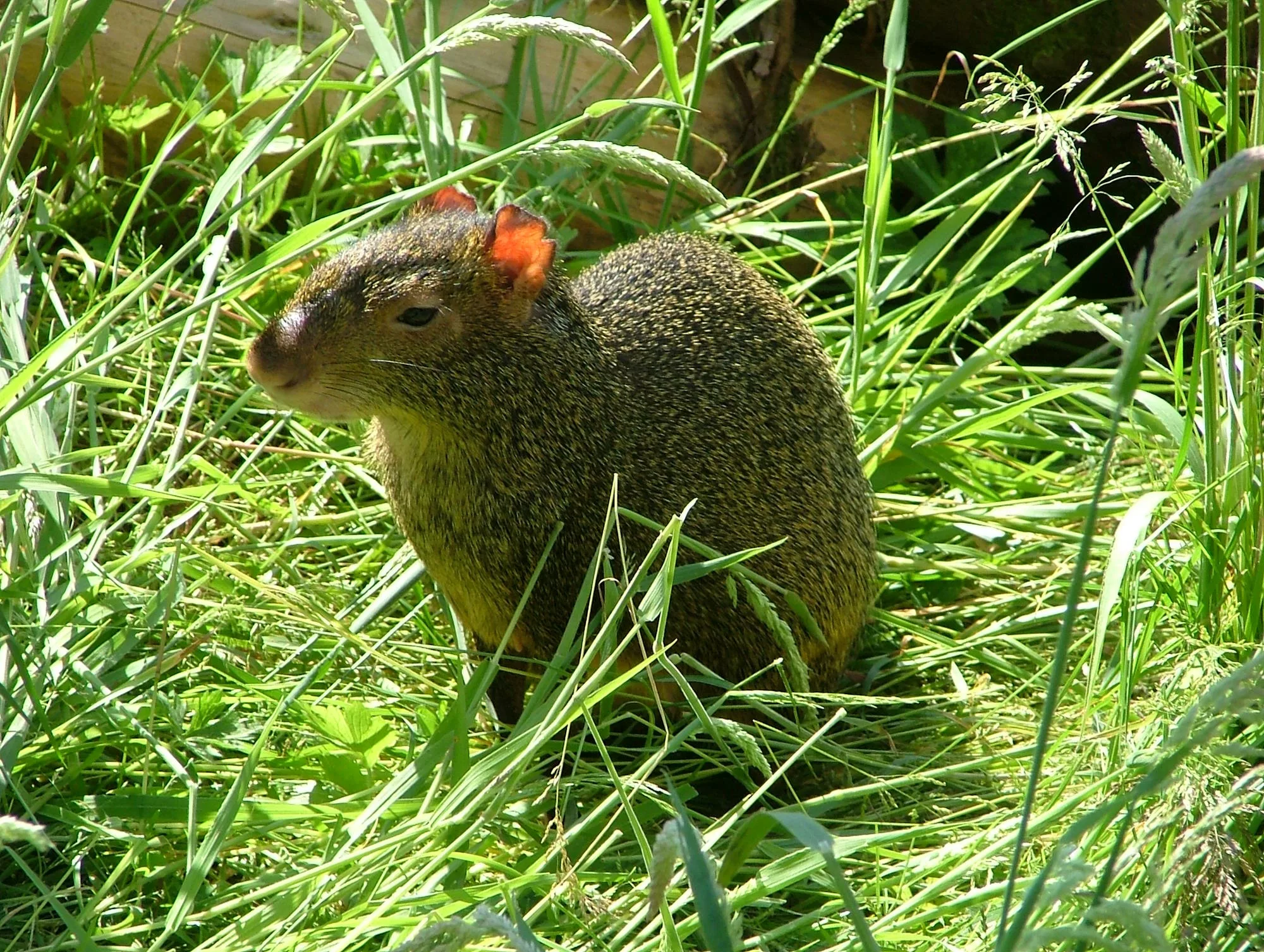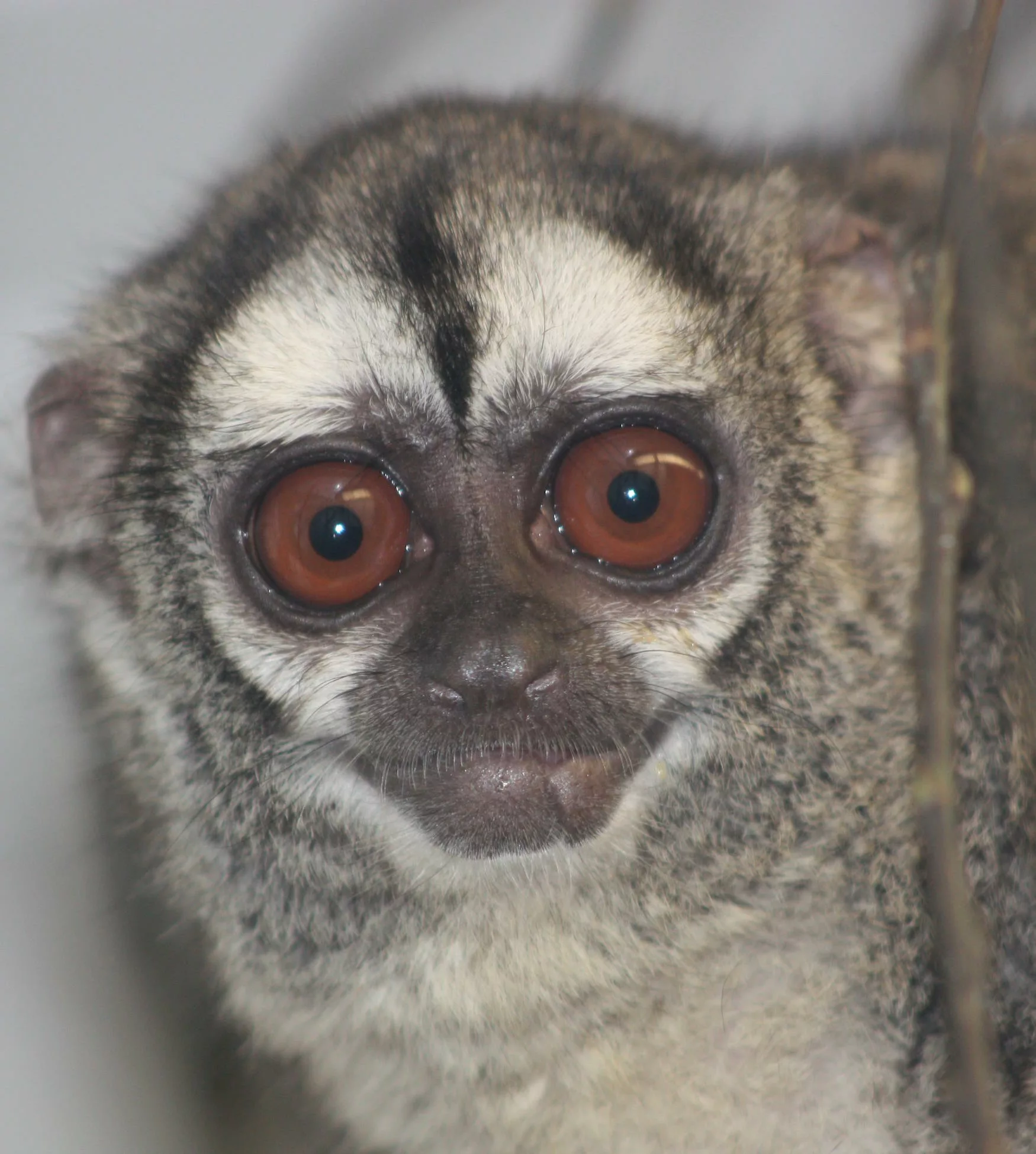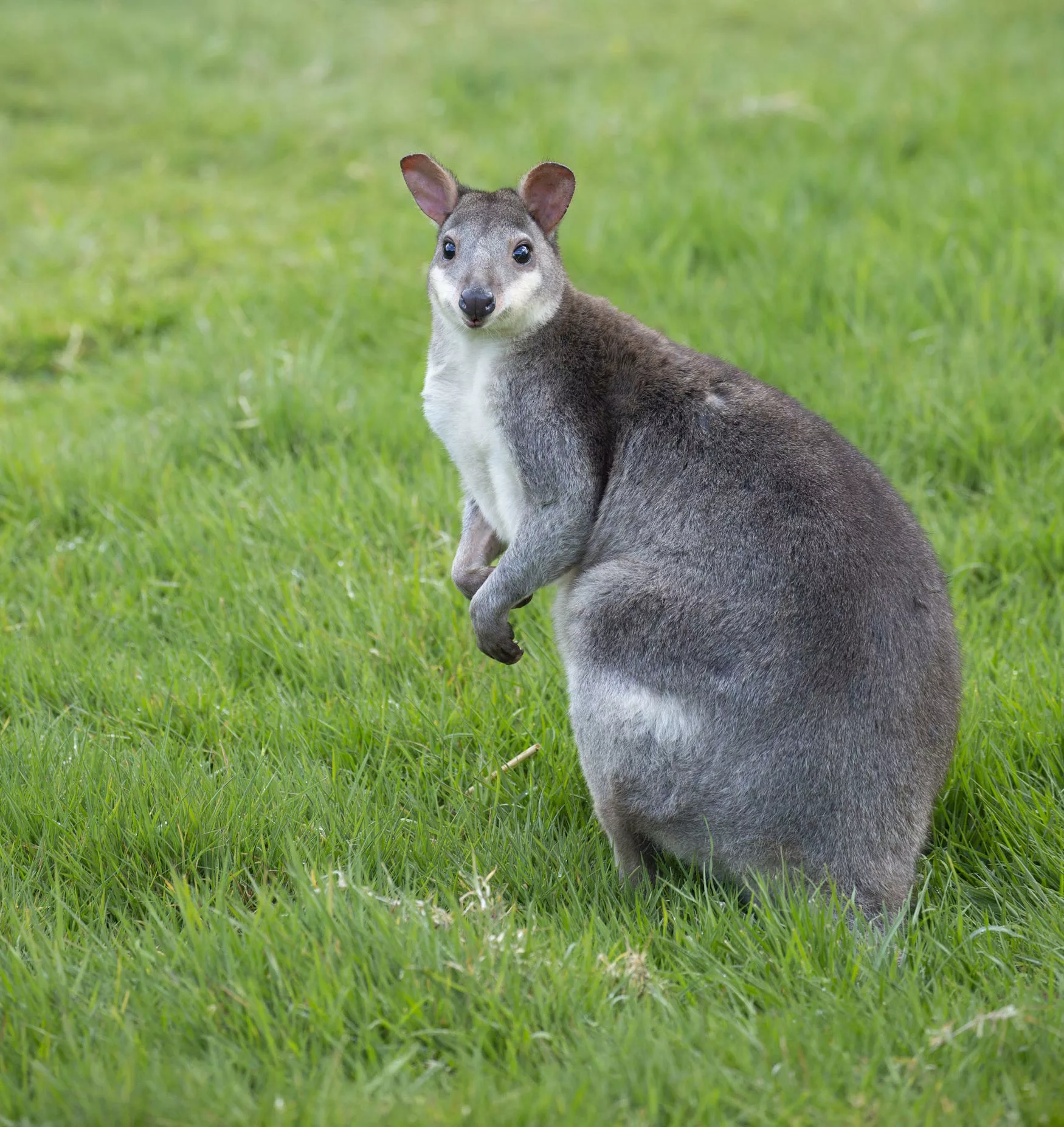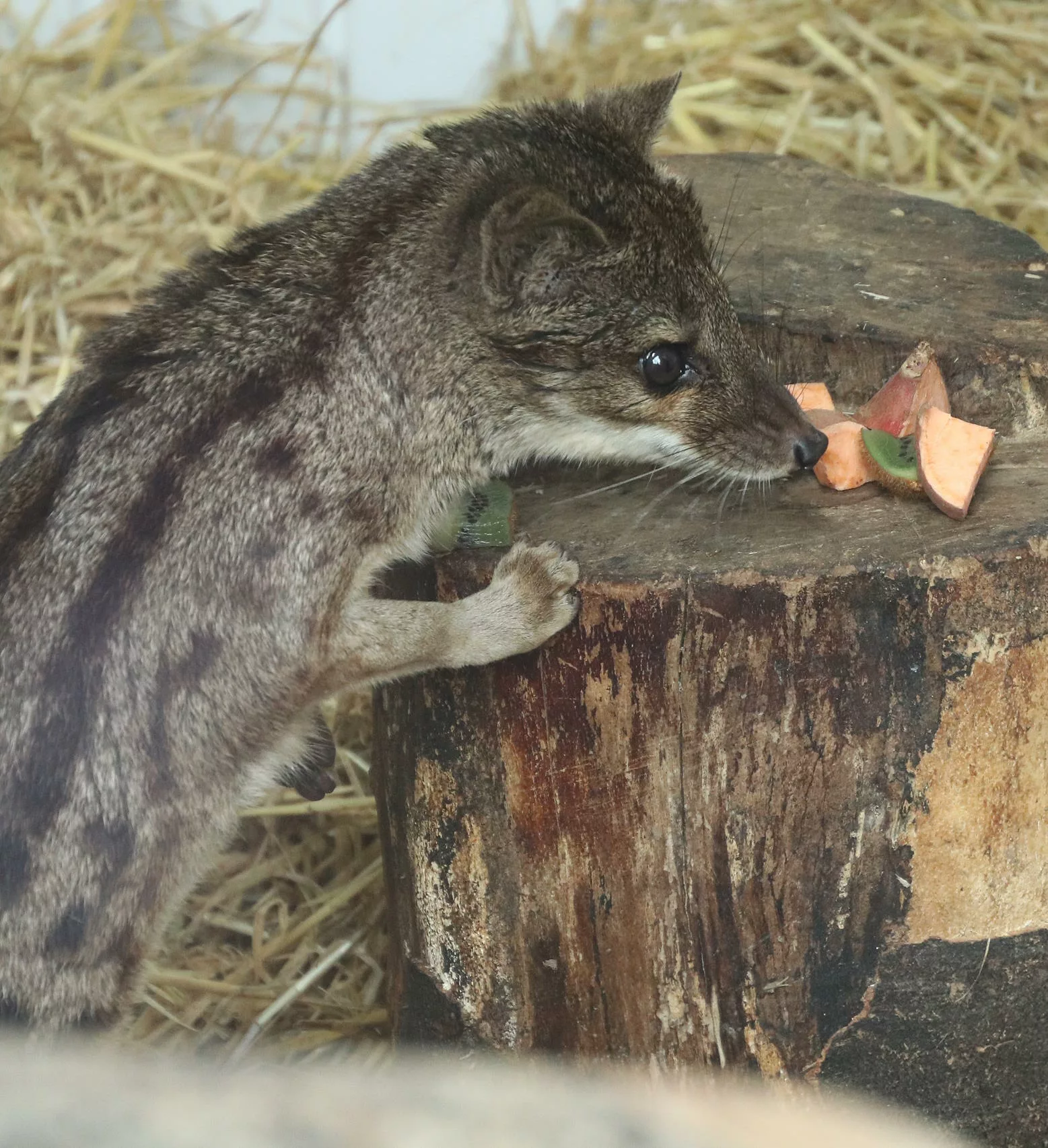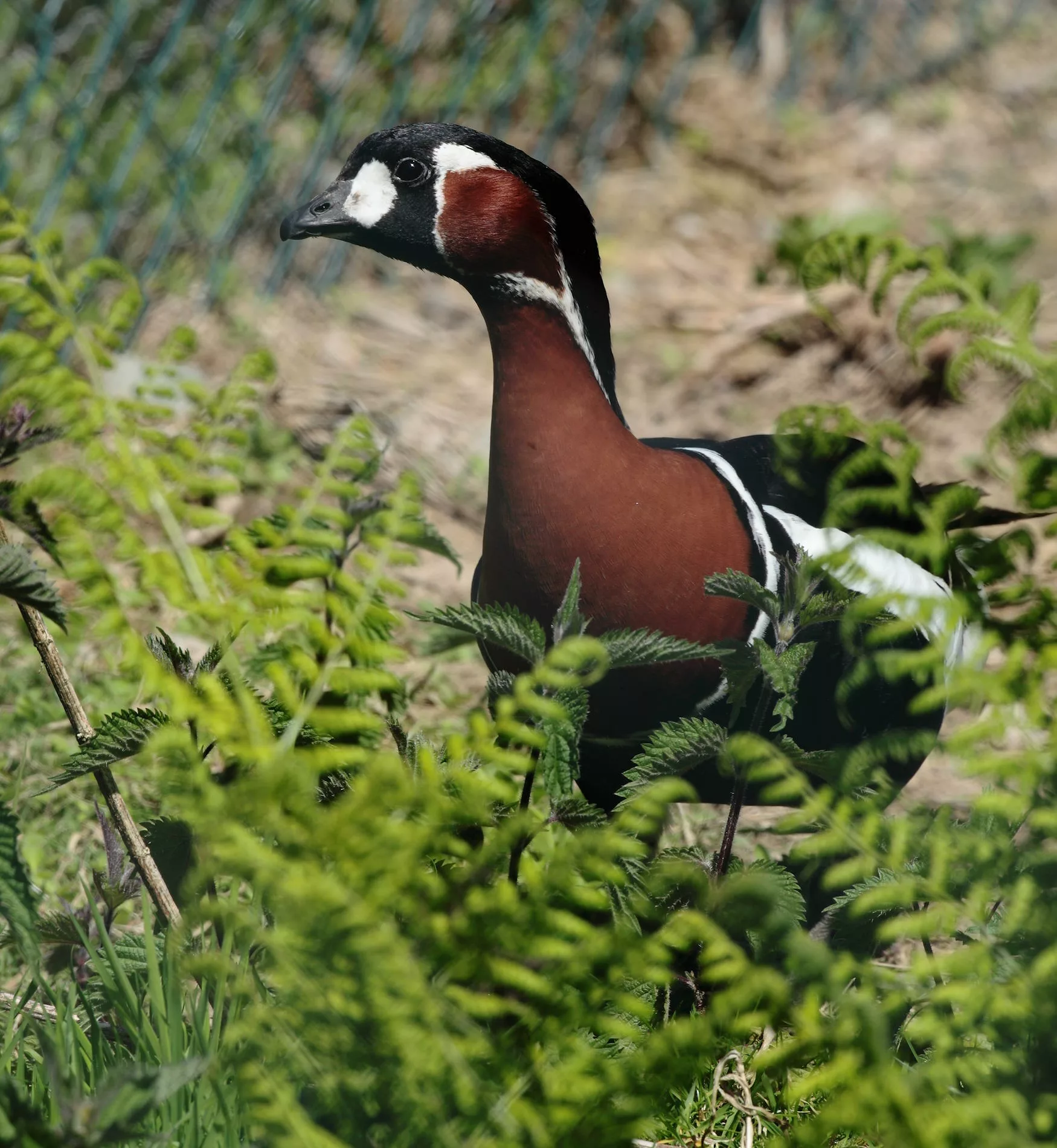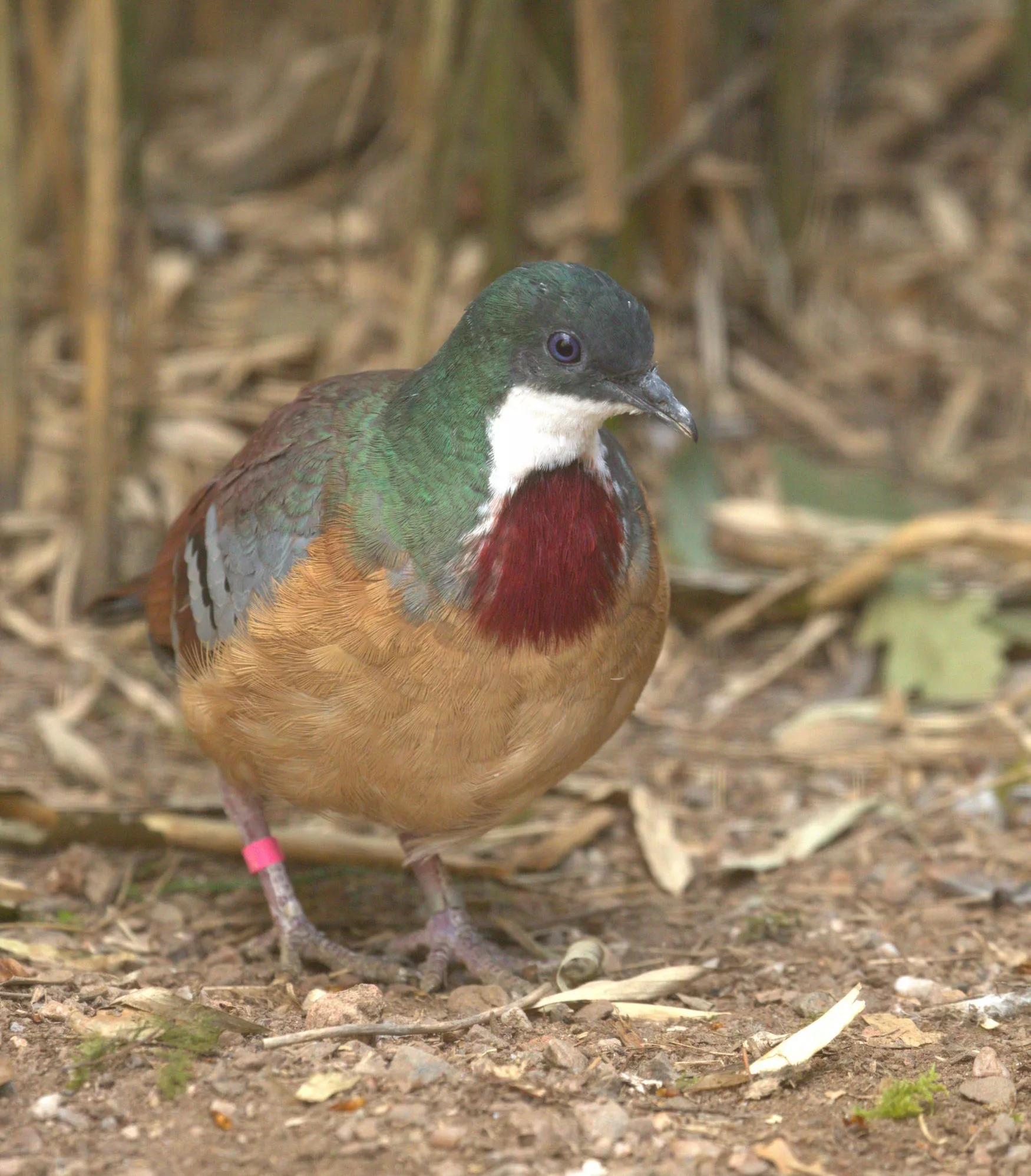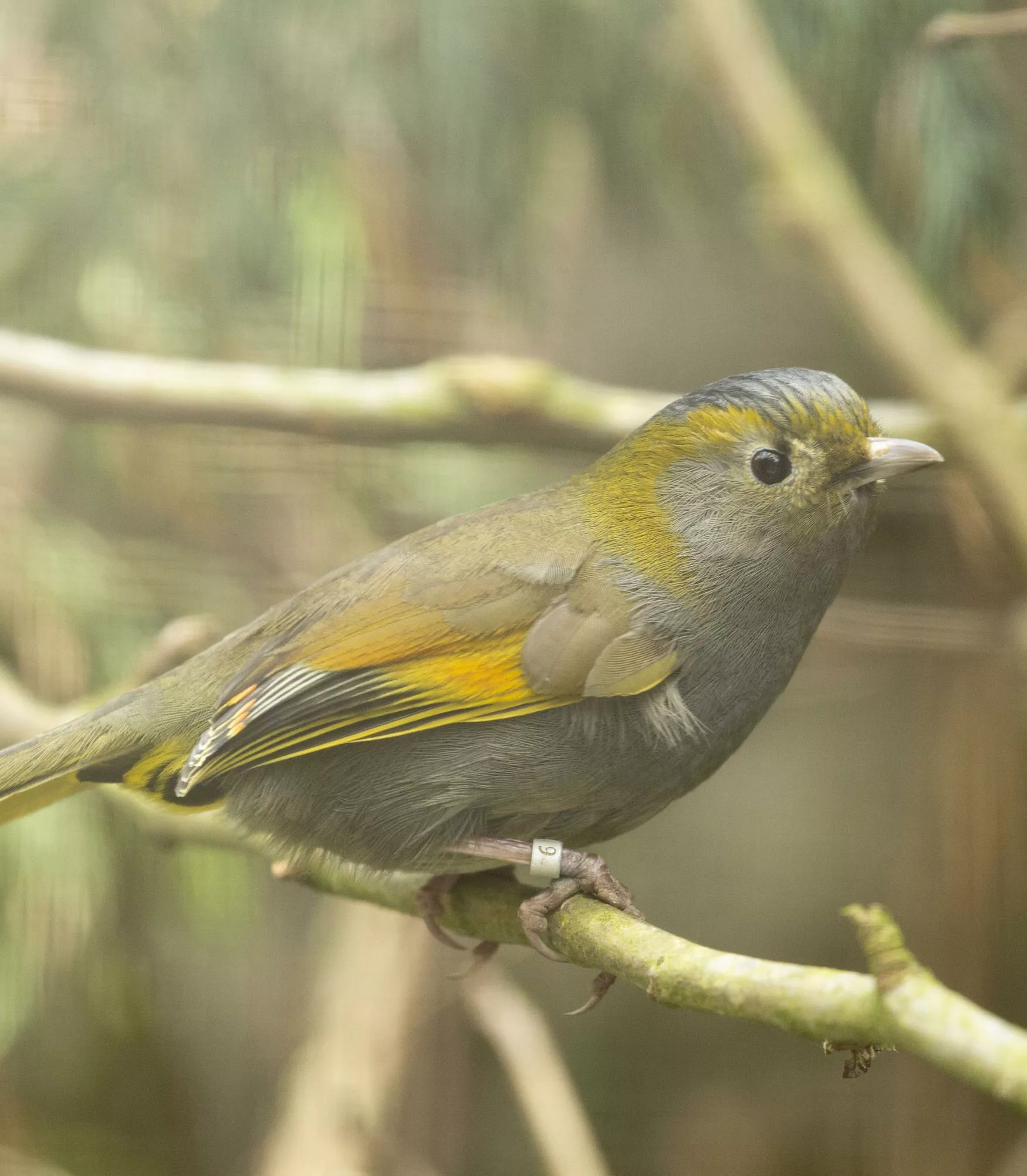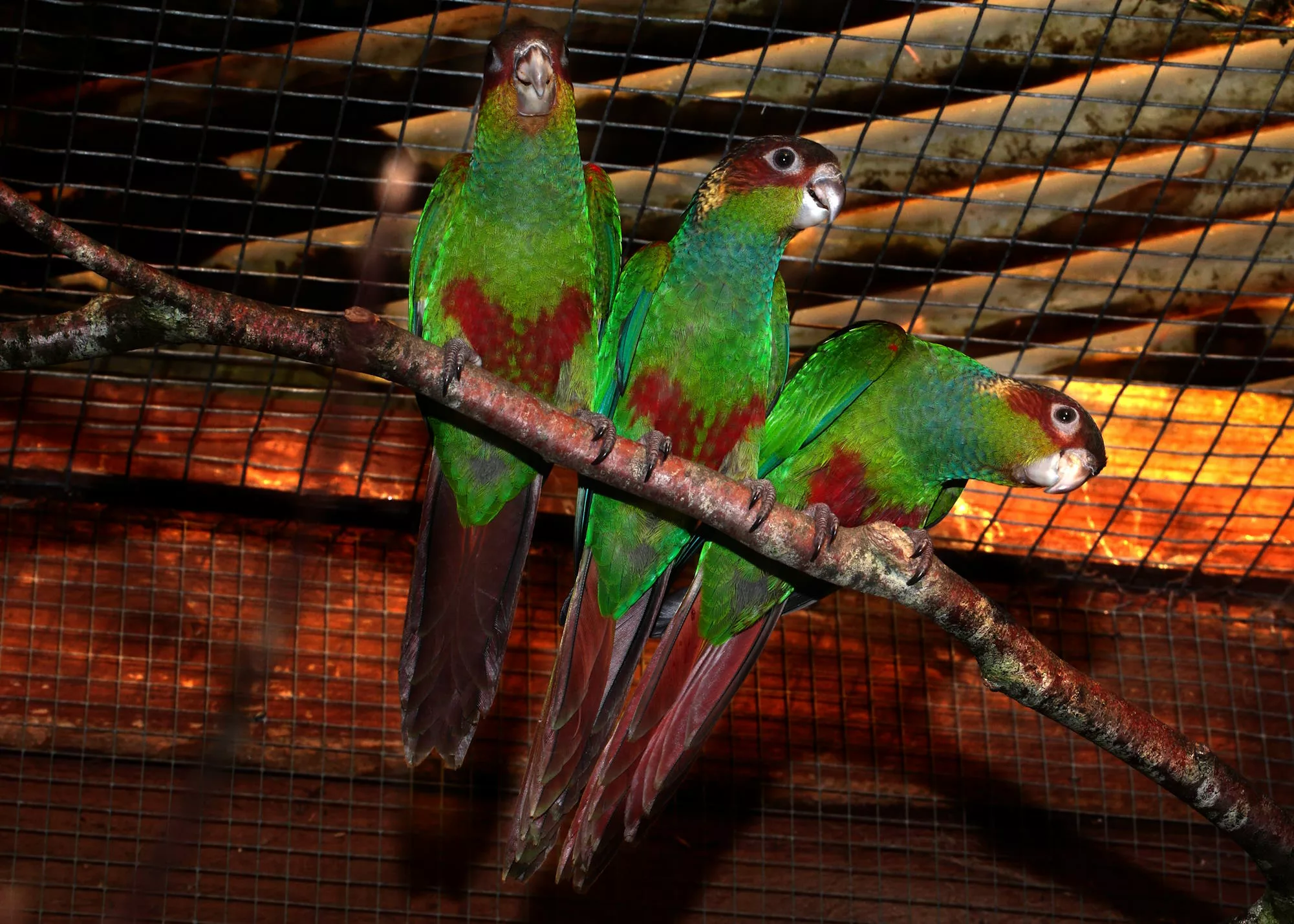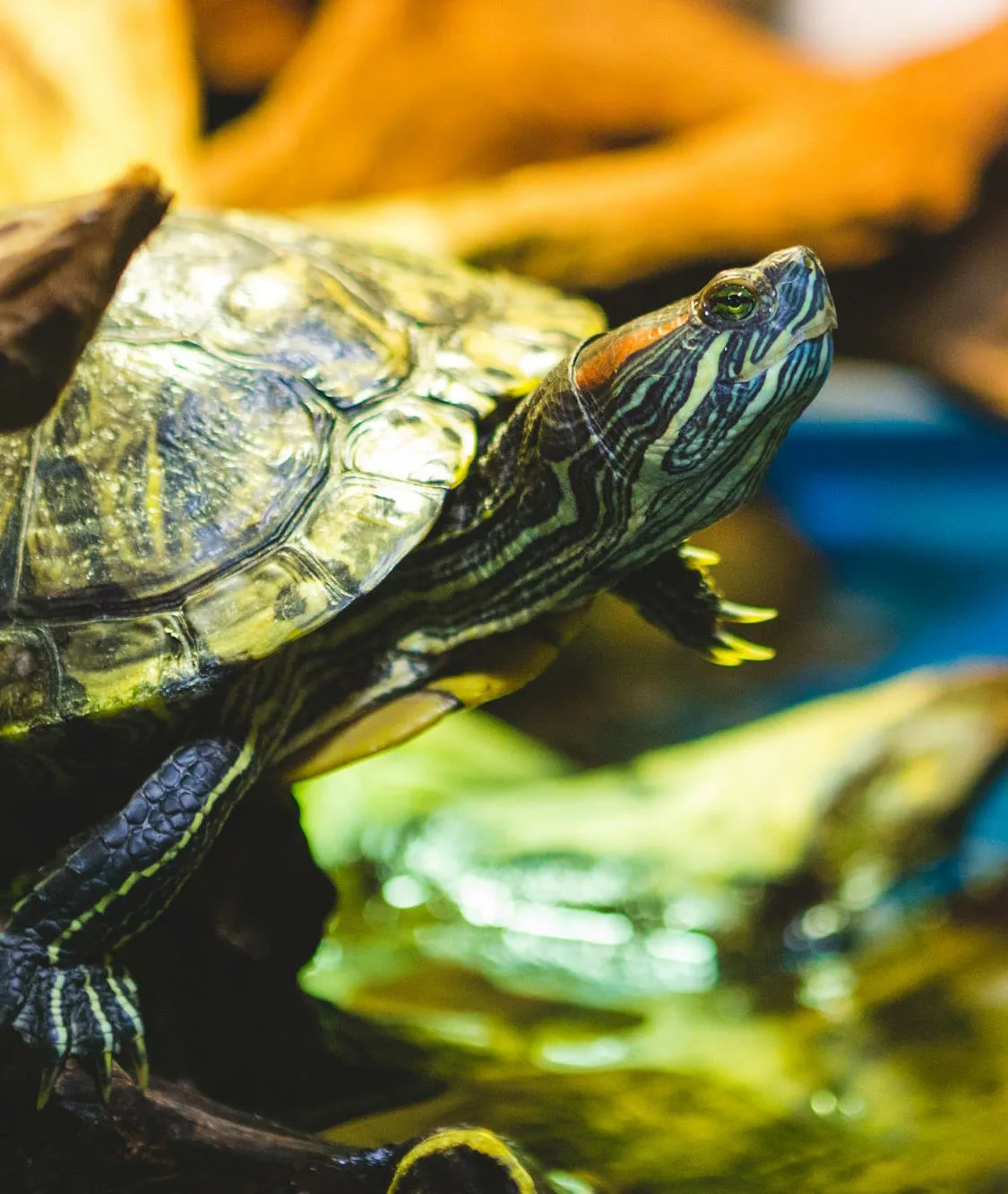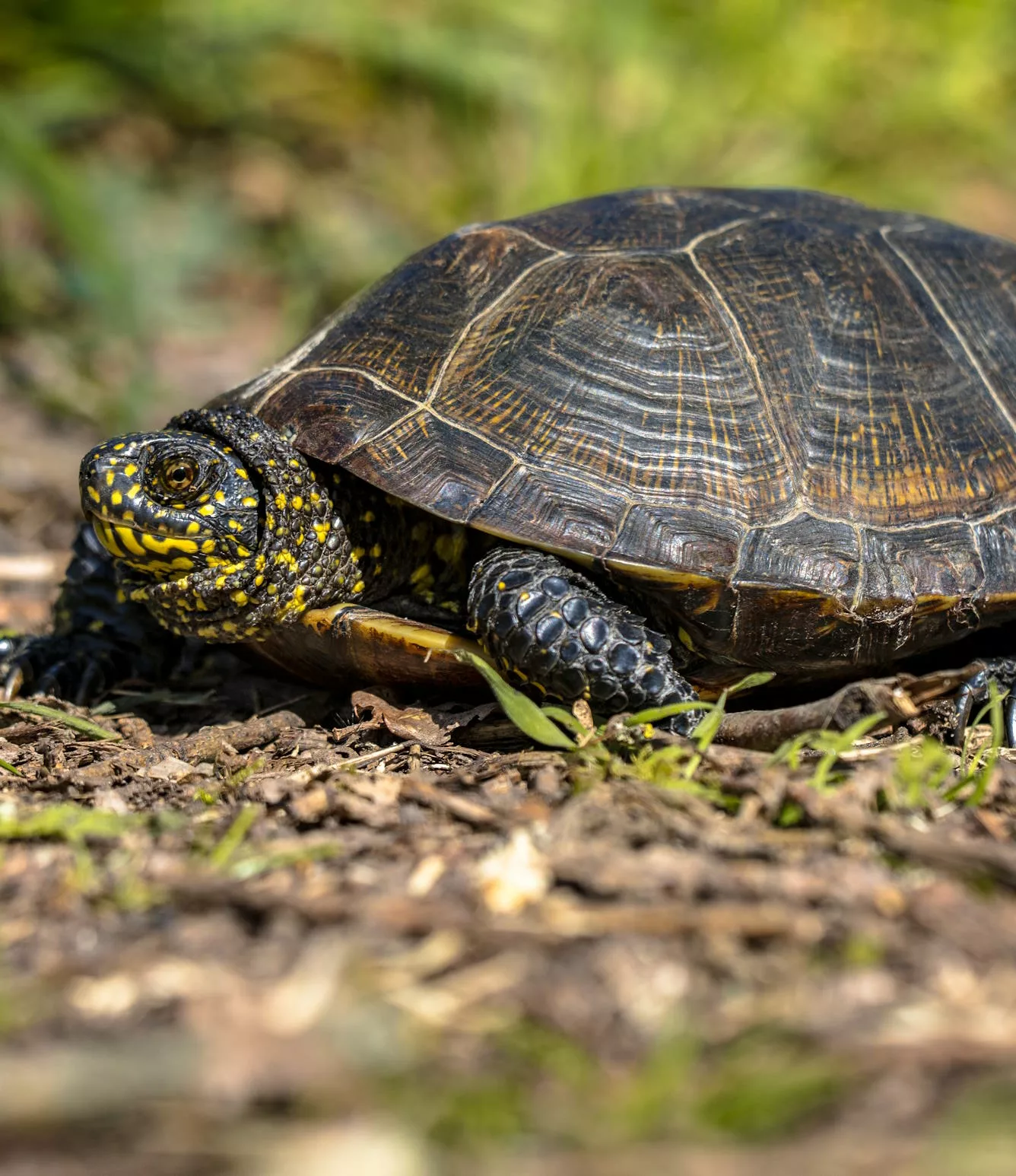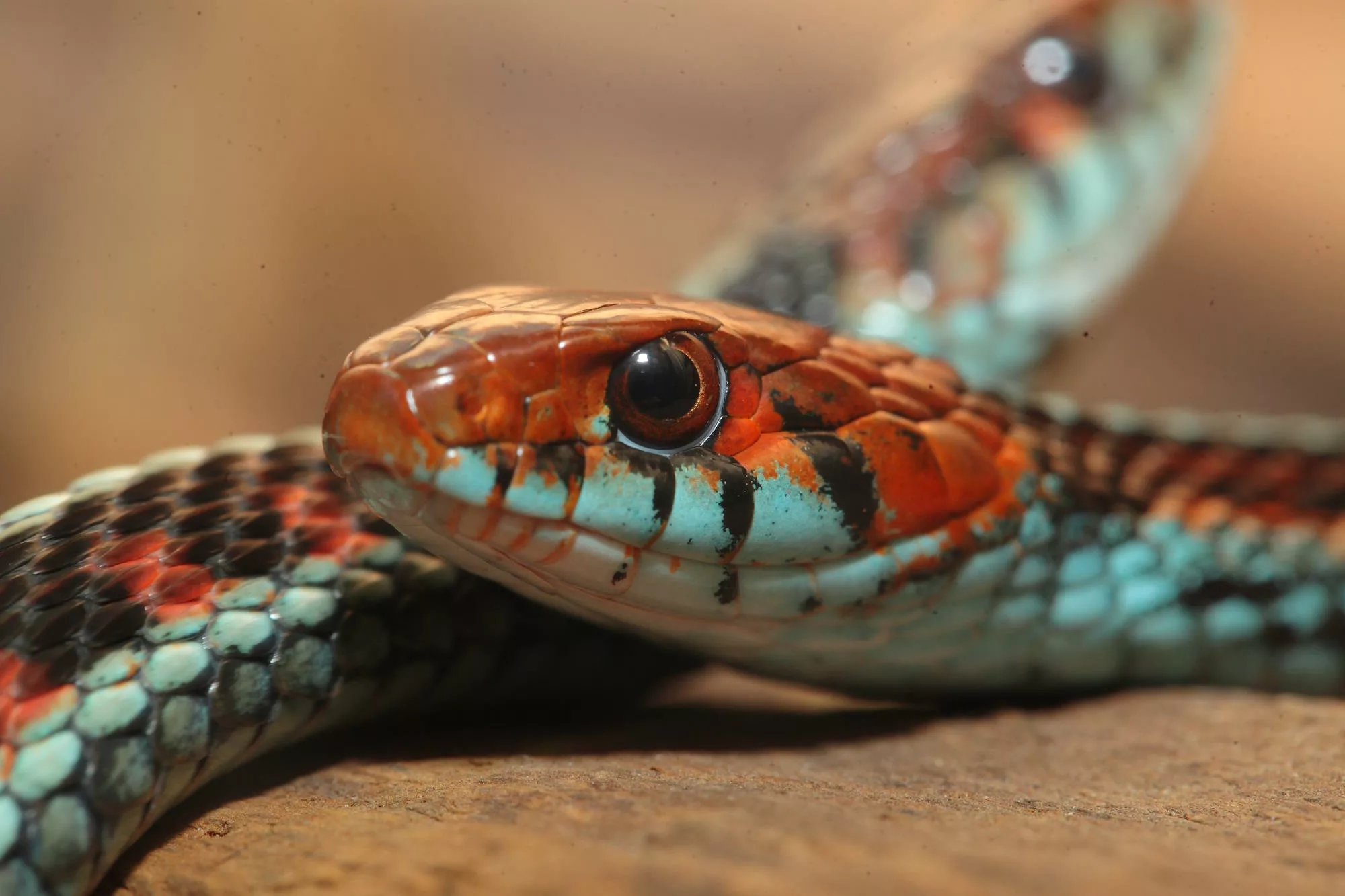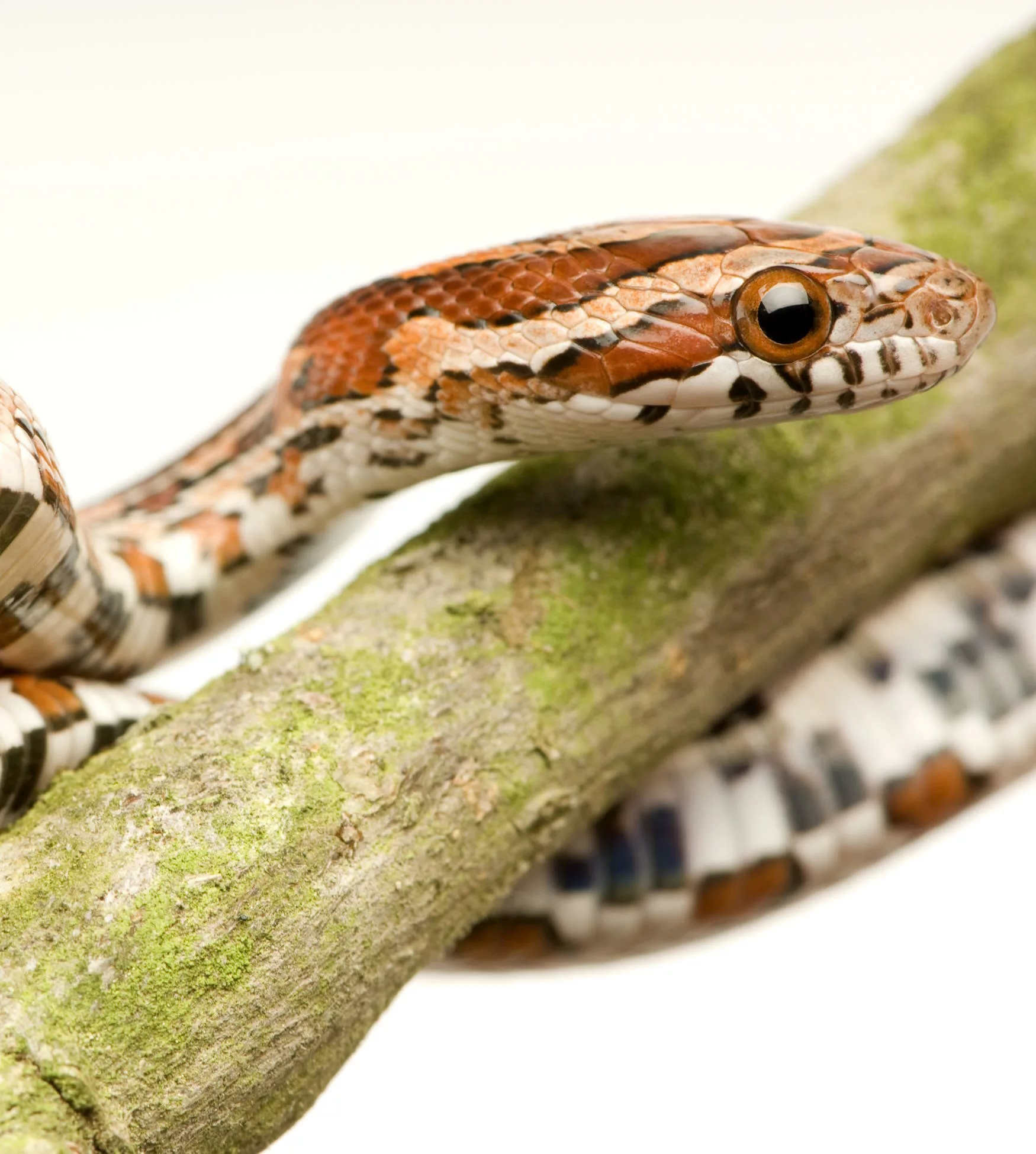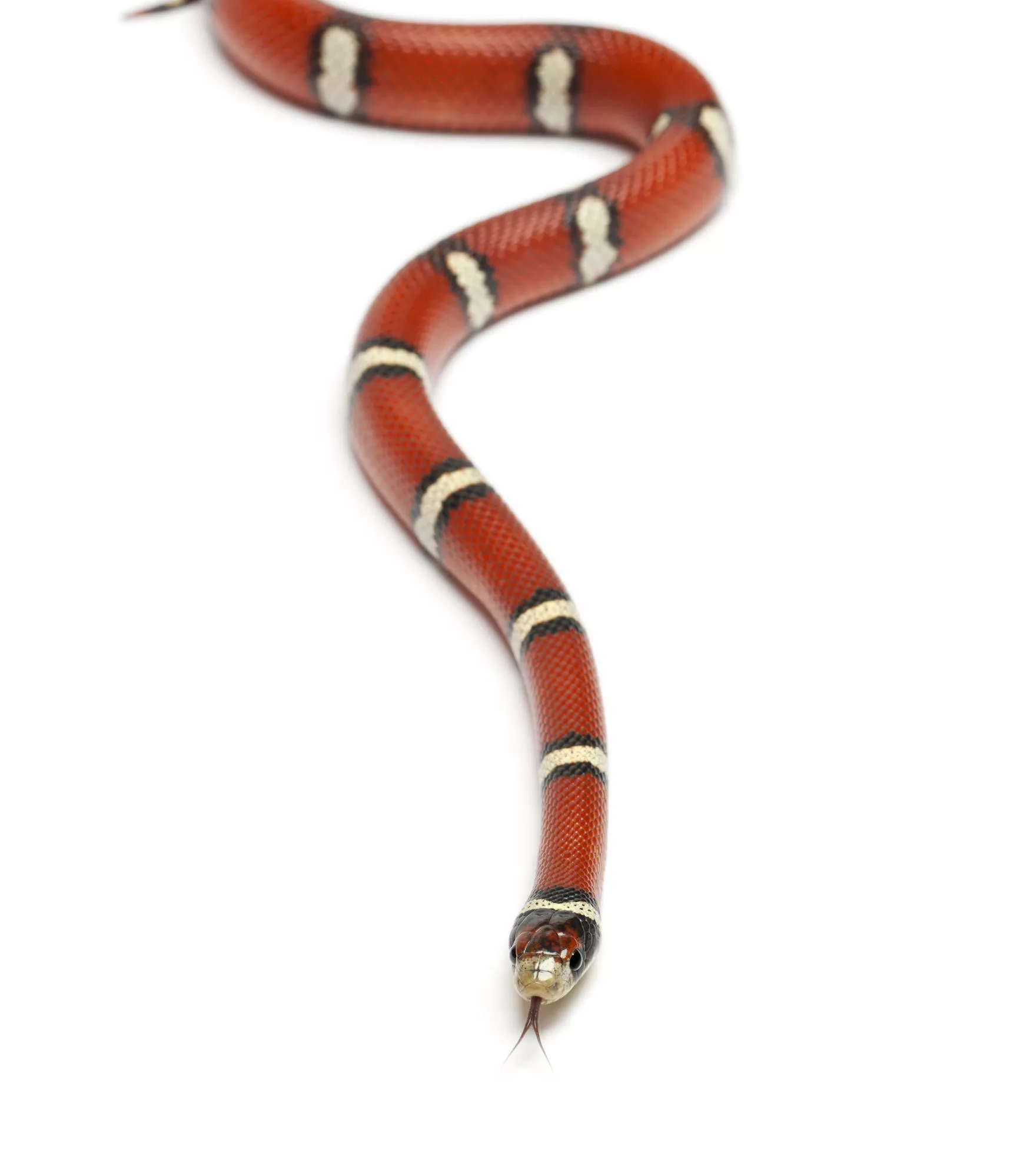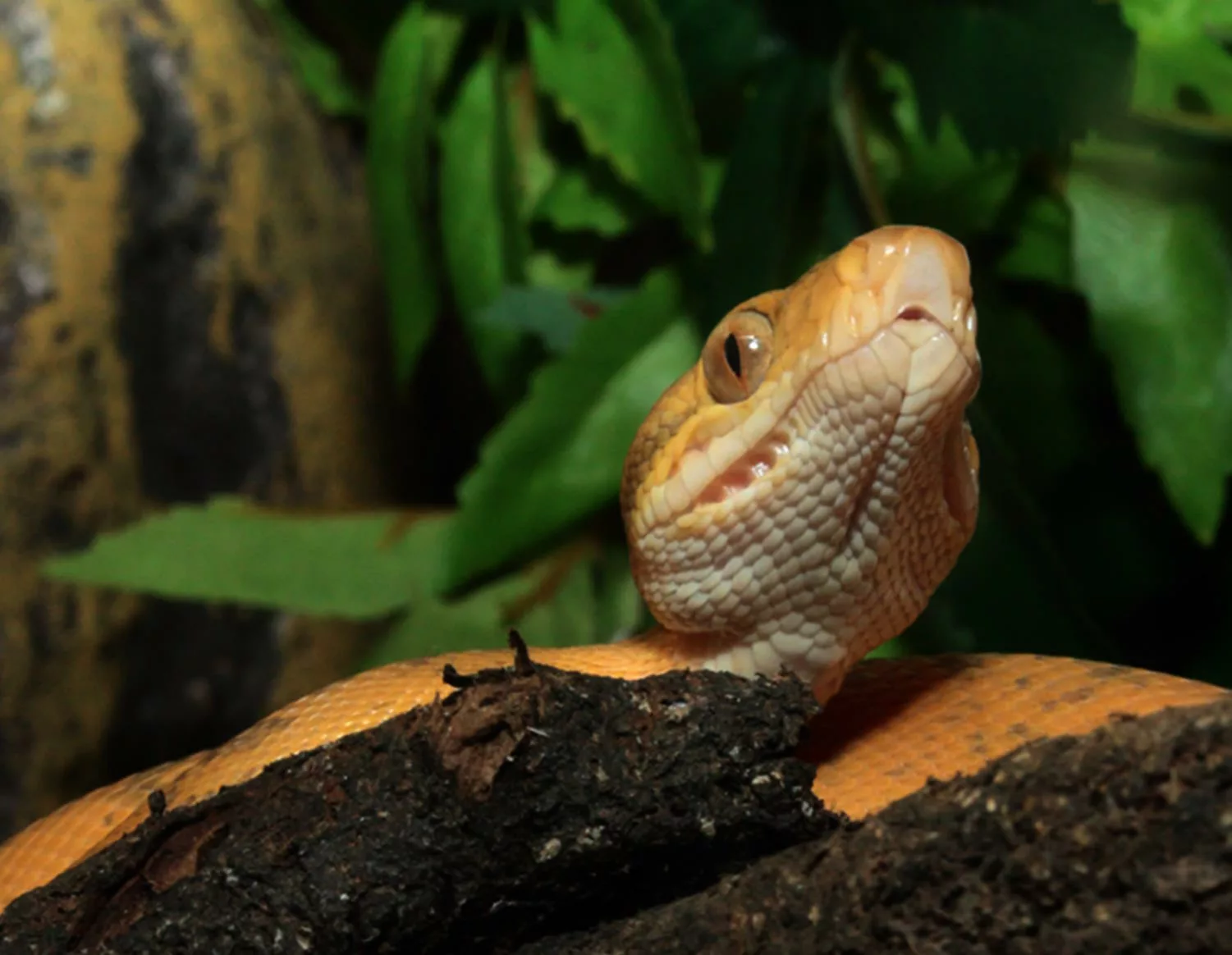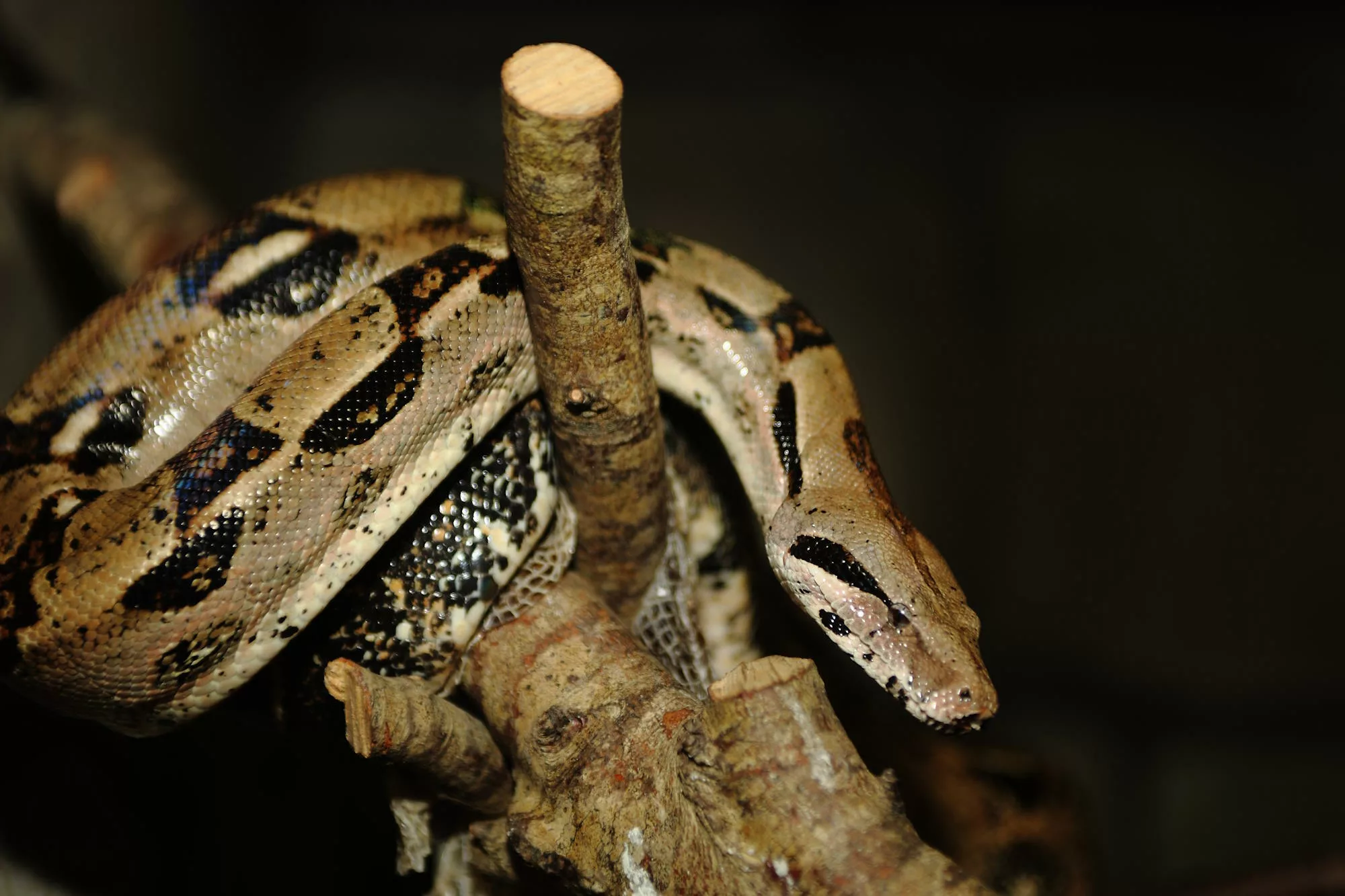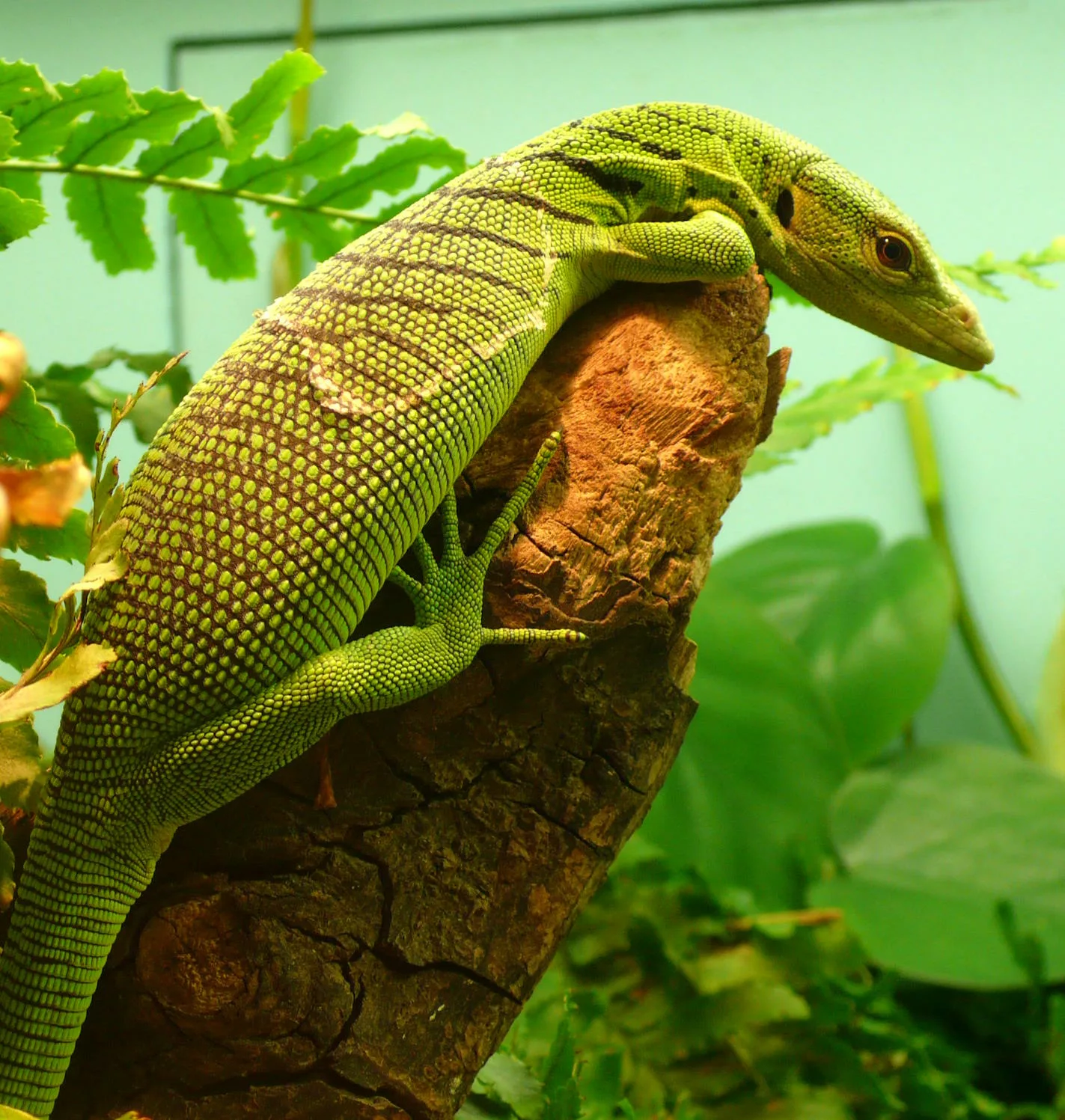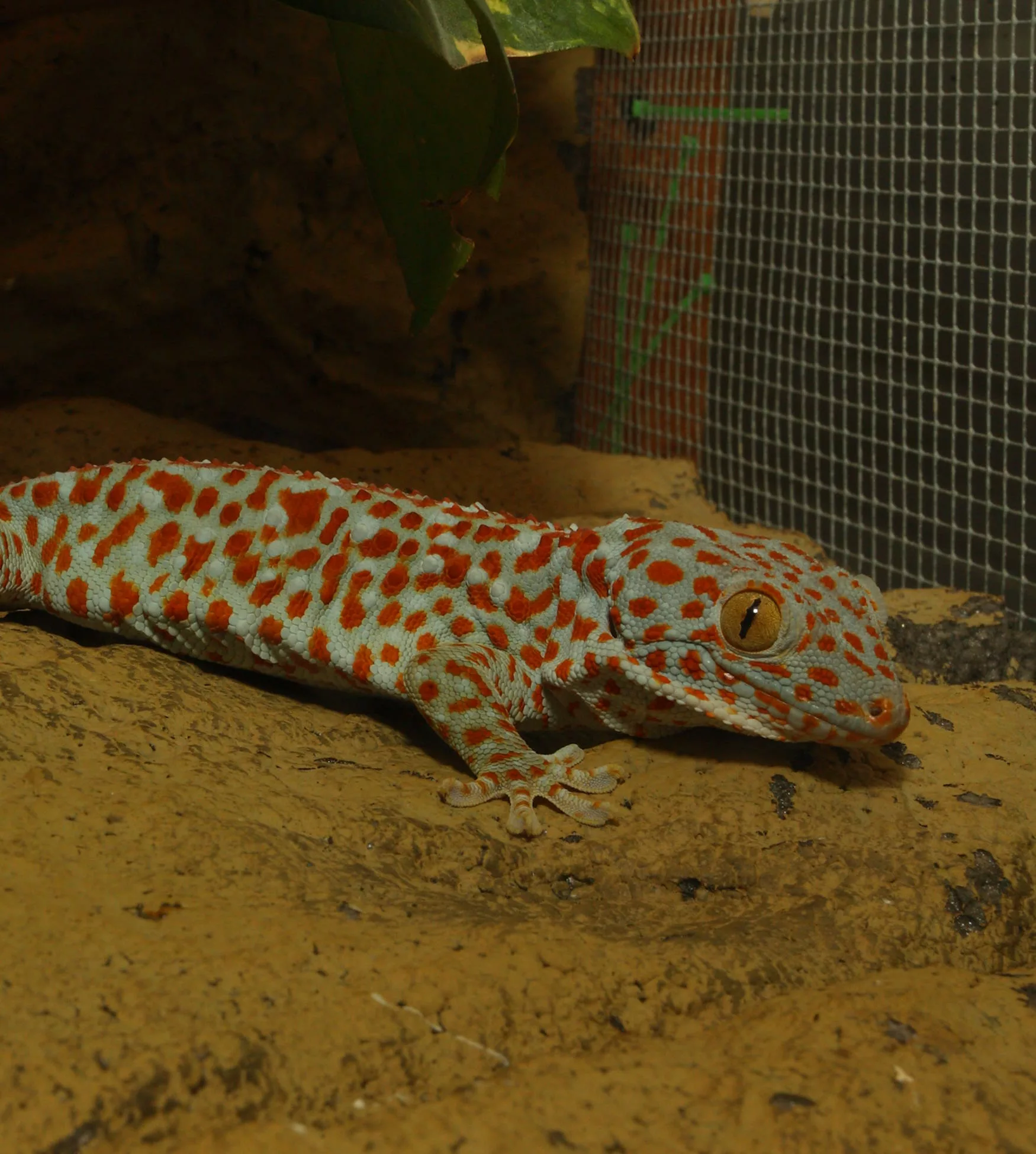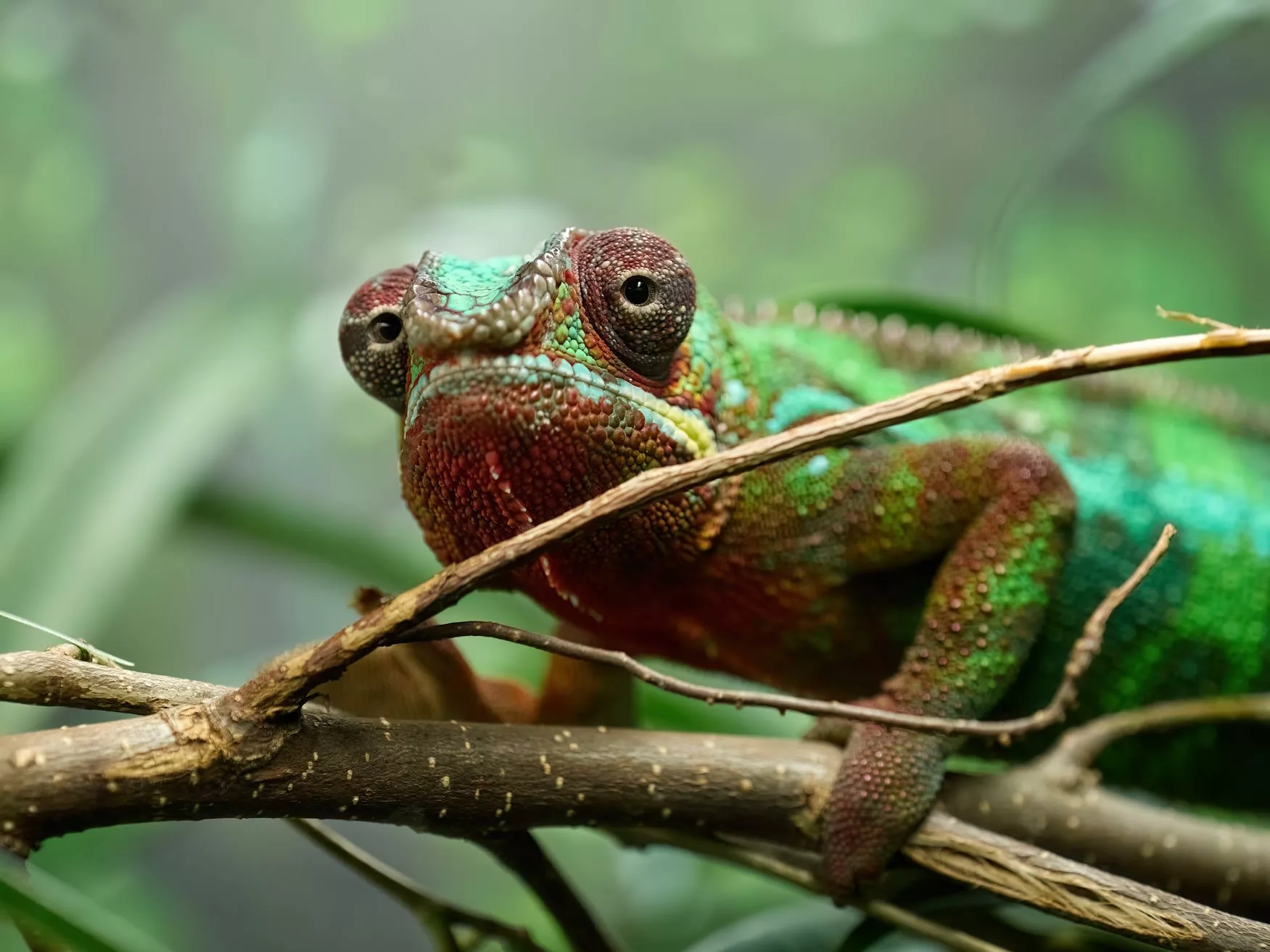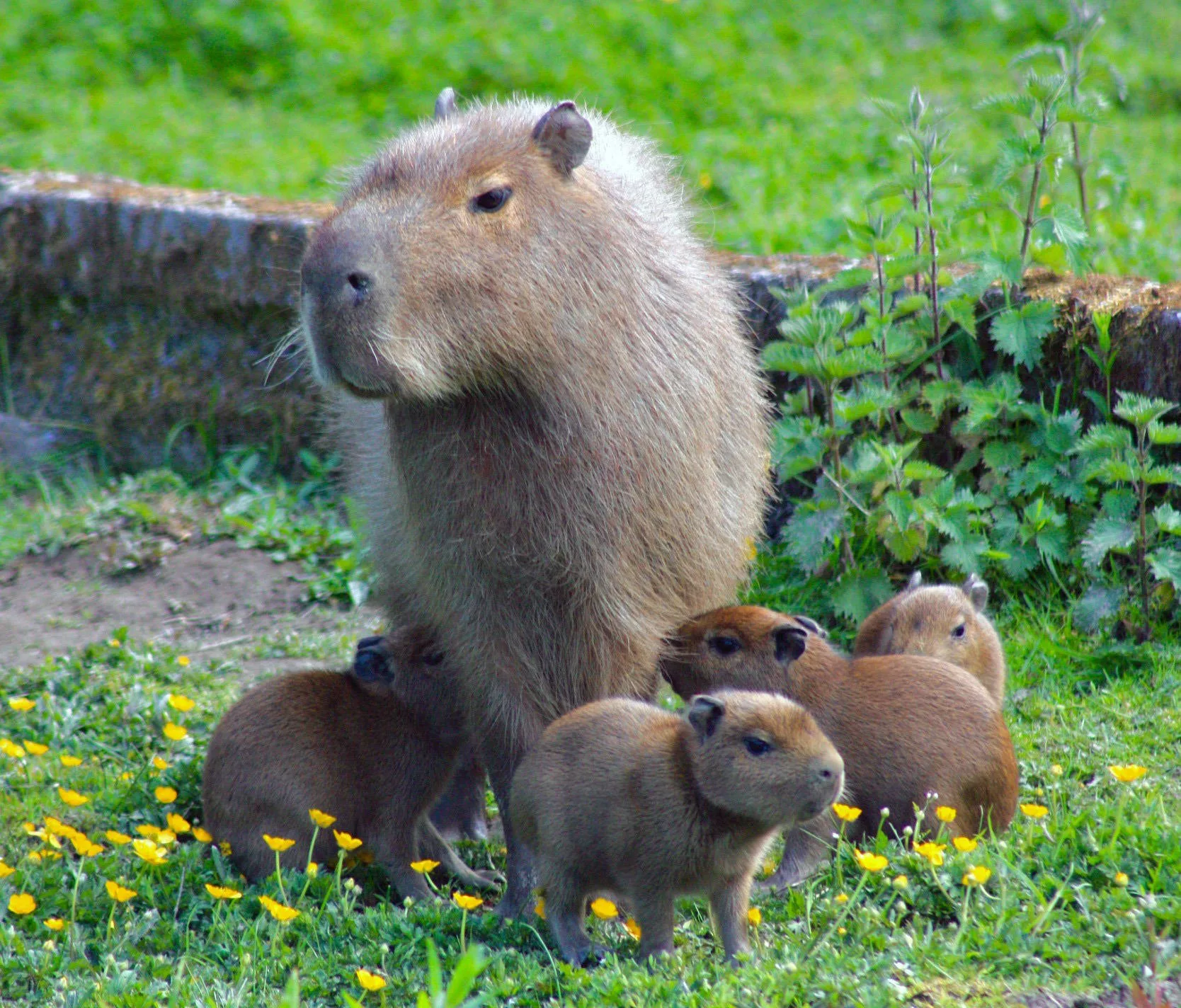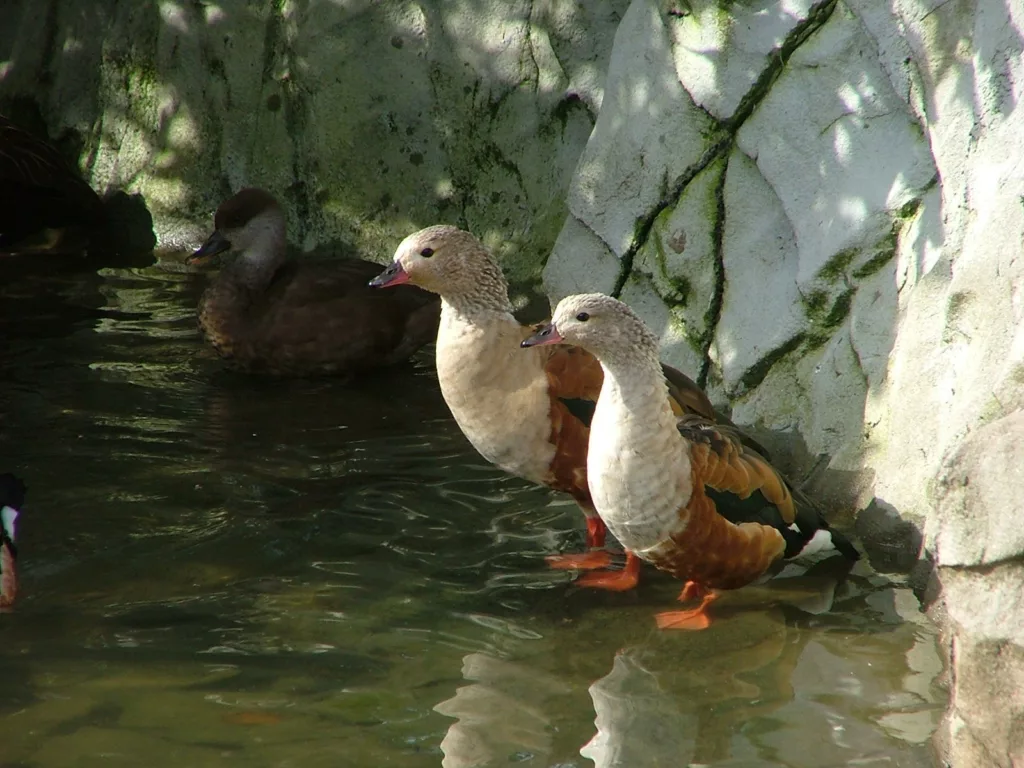
Orinoco goose
Scientific name: Neochen jubata
IUCN listed as: Near Threatened
Learn before you visit!
Here are some facts about the species – Discover what they eat, find out about their natural habitat, see what they like to do, and more… Set the reading style to suit you too, everyday speak or something aimed towards children.
Child-friendly
Everyday
Diet
The Orinoco Goose primarily feeds on grasses, seeds, and aquatic plants. It grazes on land and wades in shallow waters to find food. Occasionally, it supplements its diet with small invertebrates and insects, particularly during the breeding season to support increased nutritional needs. This varied diet ensures they receive essential nutrients and supports their energy levels for daily activities. The geese often forage in the early morning and late afternoon to avoid the heat of the day.
Orinoco Geese eat grasses, seeds, and plants. They also catch small bugs for extra nutrition. They look for food early in the morning and late afternoon. This helps them stay healthy and active.
Breeding
Breeding typically occurs during the dry season, when water levels are low and food is abundant. Orinoco Geese nest in tree cavities, rock crevices, or even on the ground, laying between 6 to 10 eggs. Both parents are involved in the incubation and care of the chicks. The eggs hatch after about 30 days, and the chicks are precocial, meaning they are relatively mature and mobile shortly after hatching. This breeding strategy helps ensure the survival of the young in various environments.
These geese nest in trees, rocks, or on the ground. They lay 6 to 10 eggs, and both parents take care of the chicks. The eggs hatch after about 30 days, and the chicks can move around soon after hatching. This helps them survive in different places.
Habitat
Orinoco Geese inhabit riverbanks, lakes, and wetlands across South America, particularly in the Amazon Basin. They prefer areas with dense vegetation for nesting and open water for feeding. These habitats provide the necessary resources for their survival, including food, shelter, and breeding sites. However, their habitats are increasingly threatened by deforestation, agriculture, and human encroachment. Conservation efforts focus on protecting these critical areas and ensuring sustainable land-use practices.
Orinoco Geese live near rivers, lakes, and wetlands in South America. They need places with lots of plants and water. Their homes are being threatened by cutting down trees and farming. Protecting these areas is important for their survival.
At the zoo
In zoos, Orinoco Geese are housed in enclosures that mimic their natural habitats, including access to water bodies and grassy areas. Their diet is carefully managed to include a mix of grains, greens, and proteins to replicate their wild diet. Zoos play a crucial role in the conservation of Orinoco Geese through breeding programs and educational displays. These programs help raise awareness about the species and the threats they face in the wild, such as habitat loss and hunting. By maintaining genetic diversity and stable populations, zoos contribute to the species’ overall conservation.
In zoos, Orinoco Geese live in areas with water and grass. They eat grains, greens, and proteins. Zoos help protect these geese by breeding them and teaching people about them. This helps keep their numbers up and educates people about their needs.
Behaviour
Orinoco Geese are diurnal and social birds, often seen in pairs or small family groups. They are strong fliers and can travel long distances between feeding and breeding sites. These geese are also known for their distinctive calls, which they use to communicate and establish territories. During the breeding season, they become more territorial and exhibit aggressive behaviours to protect their nests. Their social structure and vocal communications play a vital role in their survival and reproduction.
These geese are active during the day and like to stay in small groups. They can fly long distances to find food and nesting sites. They make loud calls to talk to each other and protect their territory. Their social behaviour helps them survive.
Fun facts
- Strong Fliers: Orinoco Geese can fly long distances to find food and nesting sites.
- Unique Nesting: They nest in tree cavities, rock crevices, or on the ground.
- Social Birds: These geese are often seen in pairs or small family groups.
- Distinct Calls: They use loud calls to communicate and establish territories.
- Near Threatened: Their populations are declining due to habitat loss and hunting.
- Great Flyers: They can fly far to find food and nests.
- Interesting Nests: They make nests in trees, rocks, or on the ground.
- Family Groups: They like to stay in small groups with their families.
- Loud Calls: They talk to each other with loud calls.
- Need Protection: They are losing their homes and need our help.
More animals to discover at our zoo
Quick Links
Tickets & Prices
You can buy tickets for Exmoor Zoo securely online, as well as finding out more price options, discover offers, and more…
What’s on…
Exmoor Zoo hosts incredible Events all through the year. You can find out about what we’ve got in store here…
Routes & info
Like any great discovery, Exmoor Zoo can feel a little off the beaten path – but don’t worry – you can plan your journey with our recommended routes and other useful travel info.
